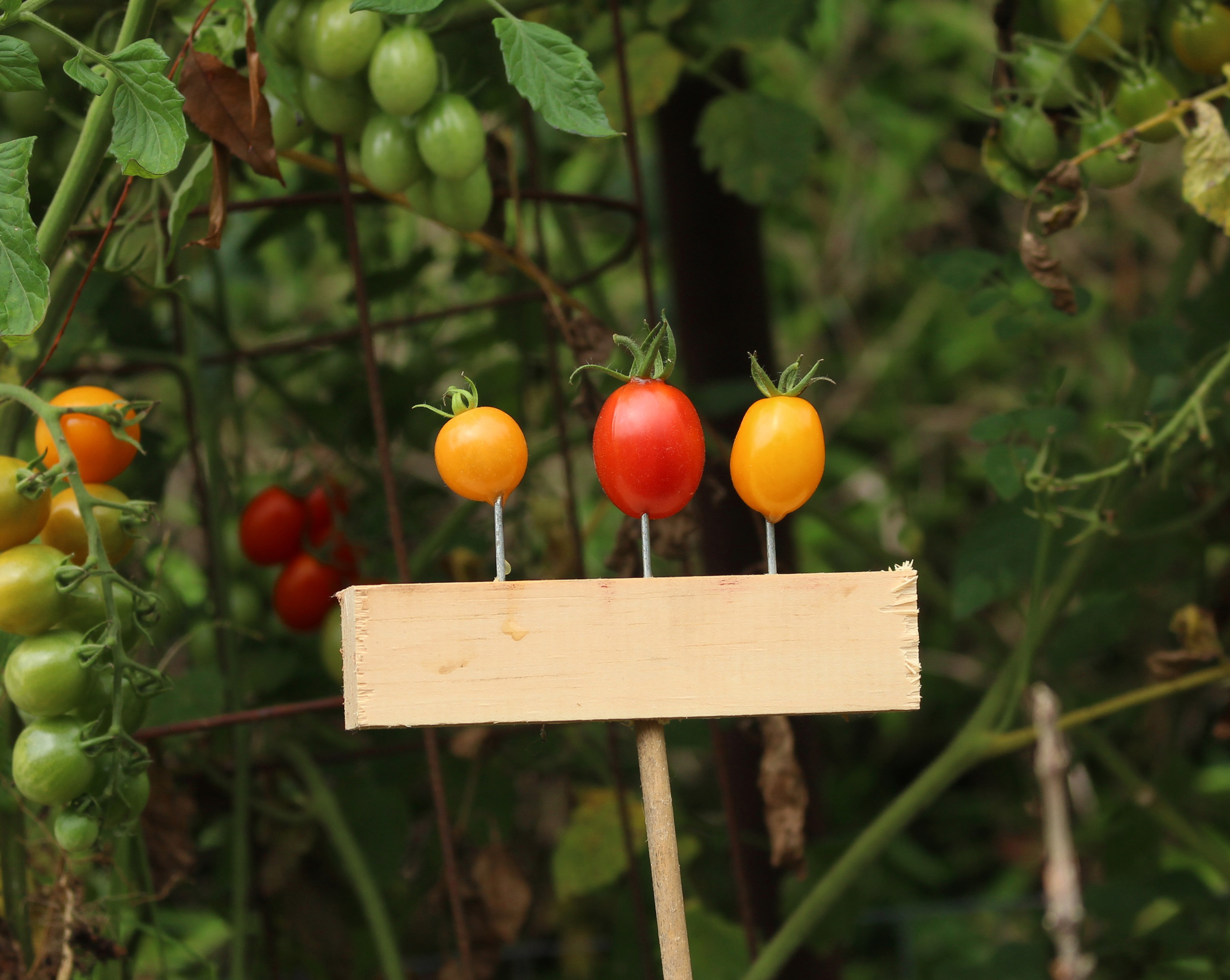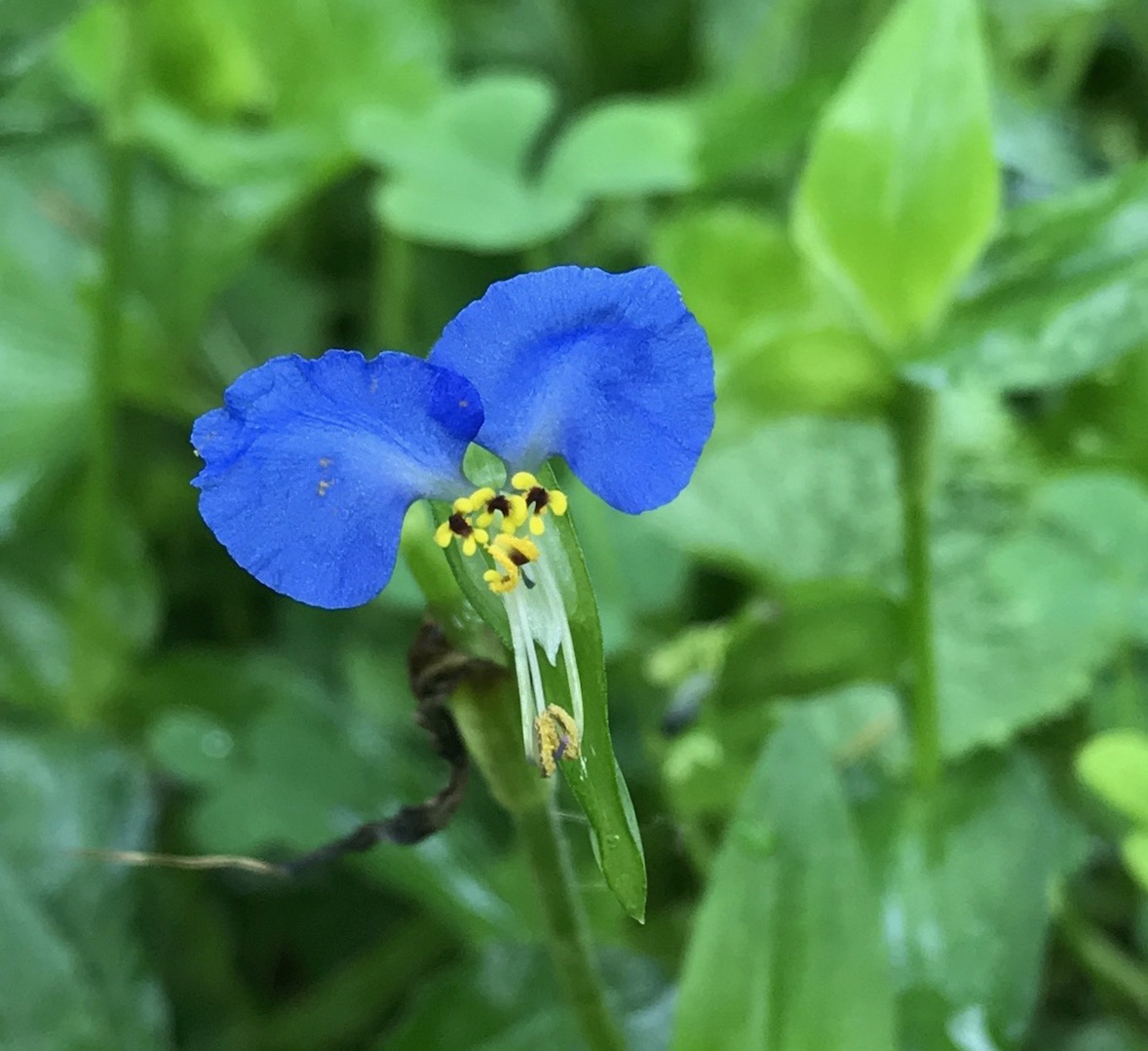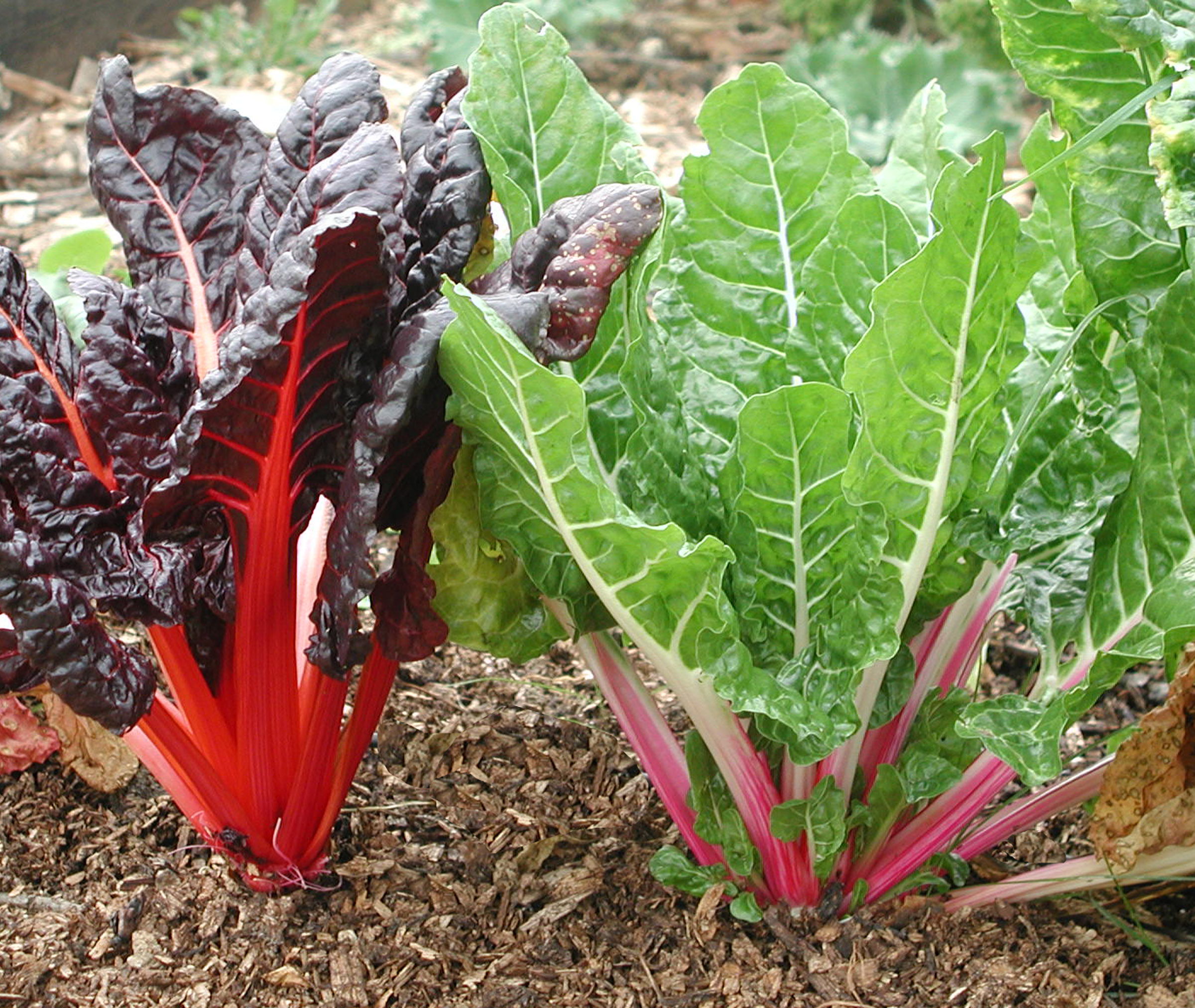EASY RICHES
/10 Comments/in Vegetables/by Lee ReichTasteless Tinies
Truman Capote said something to the effect that the difference between the super-rich and the rest of us is that the super-rich eat tiny vegetables. So there’s another plus for gardening: It’s easy to be super-rich, or at least eat the way the super-rich do.
Not that smaller is always better in the world of vegetables. A cucumber picked undersized does not taste better and is surely not as juicy than one allowed to swell up before harvest — as long as that full-sized one is picked before its skin yellows and seeds start to harden.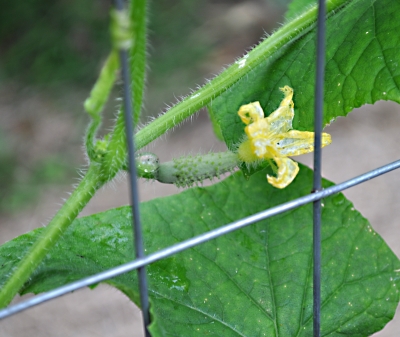
Similarly, the taste of baby carrots can’t compare with fully grown ones, unless the “baby” size is how big the carrots are supposed to be when fully mature. Read more
FLOWER FOR A DAY, JUST ONE
/0 Comments/in Flowers/by Lee ReichSo Sad
The cheery blue color of dayflowers — so named because each flower lasts but a day — does nothing to dispel some pity I feel for them. Not that the petals cry out for my sympathies. You have to get fairly close to the plant, or really stop and look at it, to even see its blossoms.
The reason for my pity demands an even closer look at a dayflower. Zoom into the flower, where you’ll see two prominent azure petals, and then, further below, behind two prominent, anthers that swoop forward, you’ll see a third petal, this one pale in comparison to the other two, and much smaller.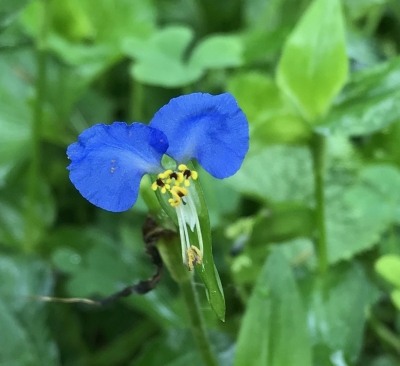
Those petals are what give dayflower its botanical name. Carl von Linnaeus, the founder of our present system of plant nomenclature, gave dayflowers the botanical name Commelina to honor two brothers of an eighteenth century Dutch family who were shining stars in botany at that time.
Why two brothers and three petals? It turns out that there was a third brother Read more
POPEYE’S NEEDS
/8 Comments/in Vegetables/by Lee ReichCan’t Have It
Popeye ain’t the only bloke who’s gotta have spinach on tap whenever the urge strikes him. Some gardeners have similar needs — not me, though, who, come summer, gravitates to peppers, corn, tomatoes, and cucumbers. And being gardeners, you spinach lovers want freshly picked spinach, not that wan stuff that Popeye squeezes out of a can.

No matter how good a gardener you are, though, you can’t grow spinach this time of year (a statement that will no doubt be challenged by some reader who IS growing spinach now). Spinach is sensitive to cycles of night and day, and our summer’s short nights induce the plants to send up seedstalks, then die, instead of growing the succulent, broad leaves they do in spring and fall. Read more

